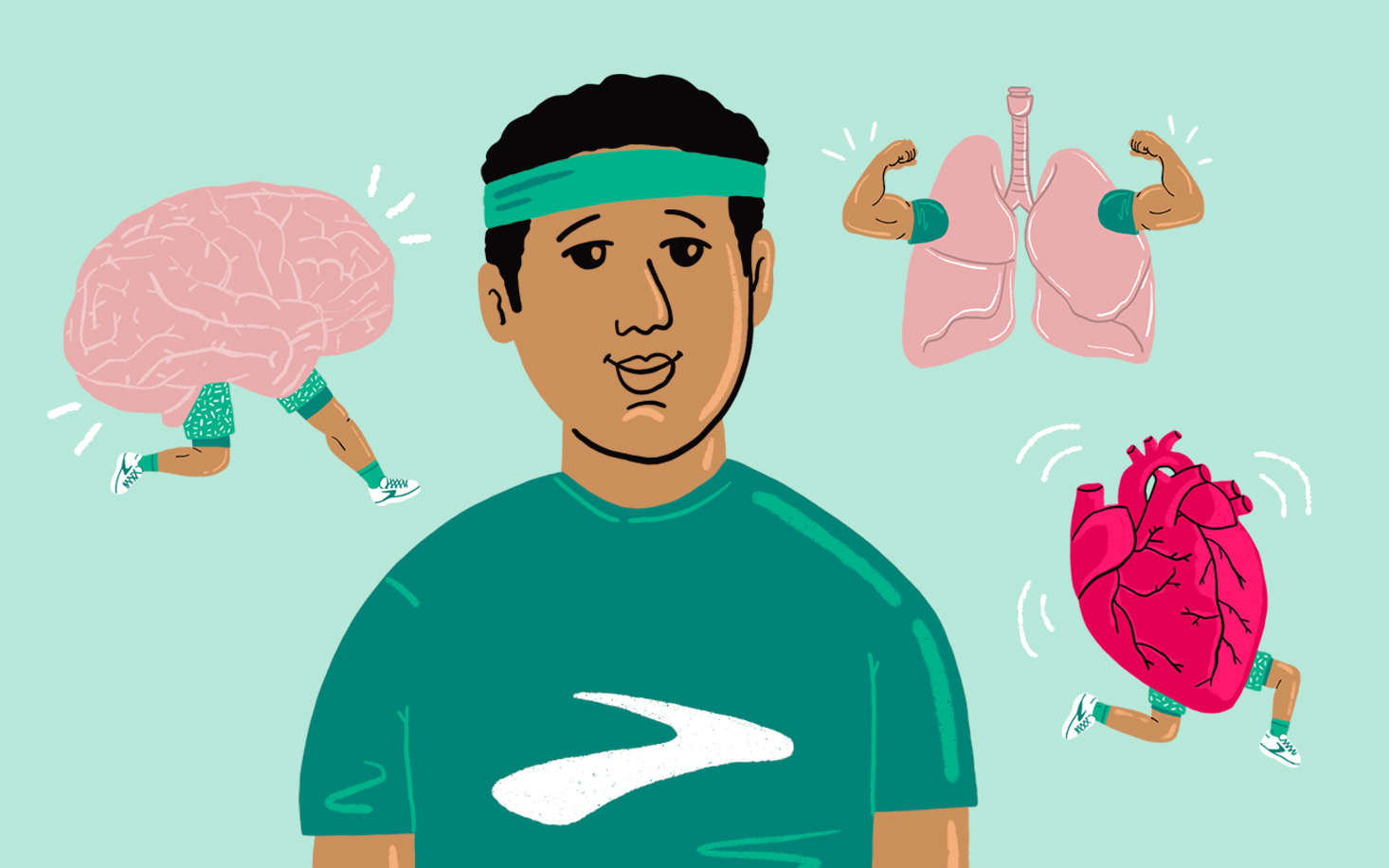DISCLAIMER: THIS ARTICLE DOES NOT PROVIDE MEDICAL ADVICE
The content in this post is intended for informational or general educational purposes only and it is not intended to be a substitute for professional medical advice, diagnosis or treatment. Always seek the advice of your physician or other qualified health care provider with any questions you may have regarding a medical condition or treatment and before making any adjustments to your running, nutrition, fitness, or healthcare routines.
Running — it’s not just for your legs. We take a look at how running can lead to whole-body health.
We often think of running as simply putting one step in front of the other. This makes sense considering we do all that stepping with our legs and feet.
The truth? Running is much more than a great workout for your legs — it’s a whole-body experience.
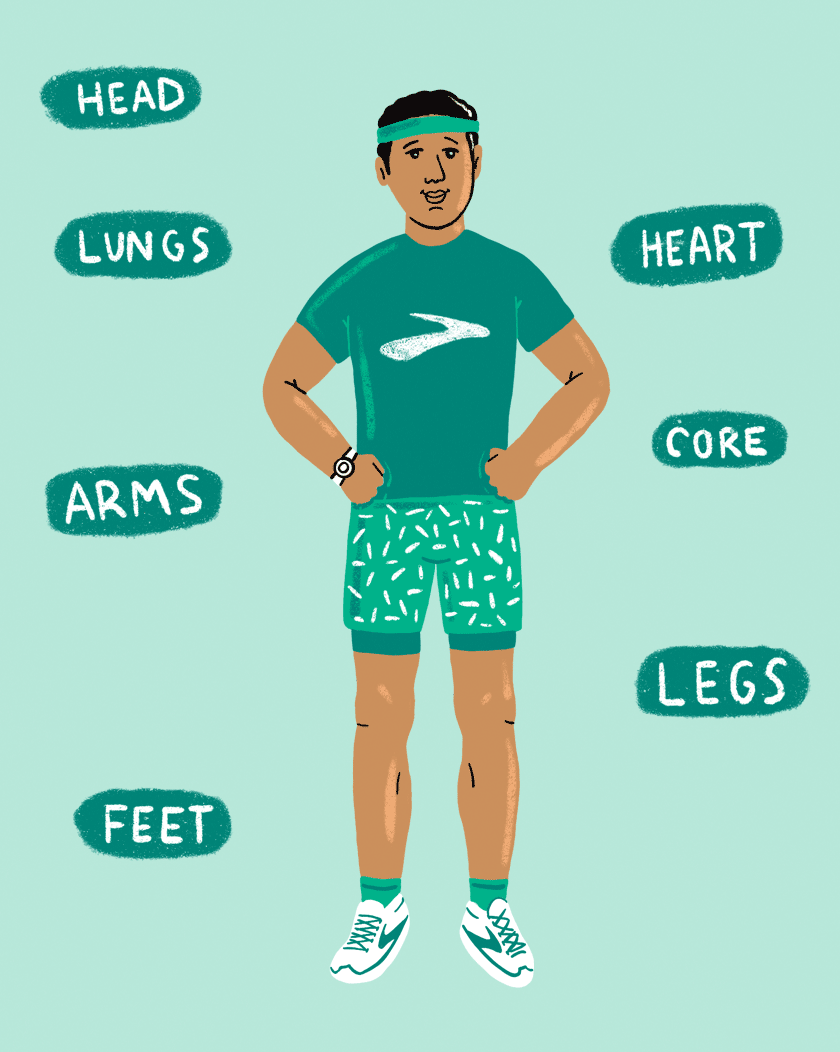
Running has significant, positive effects on your mind, heart, lungs, and of course, your legs and feet. Working out your arms and core helps improve your run, too. Strengthening all these body parts can lead to better overall health.
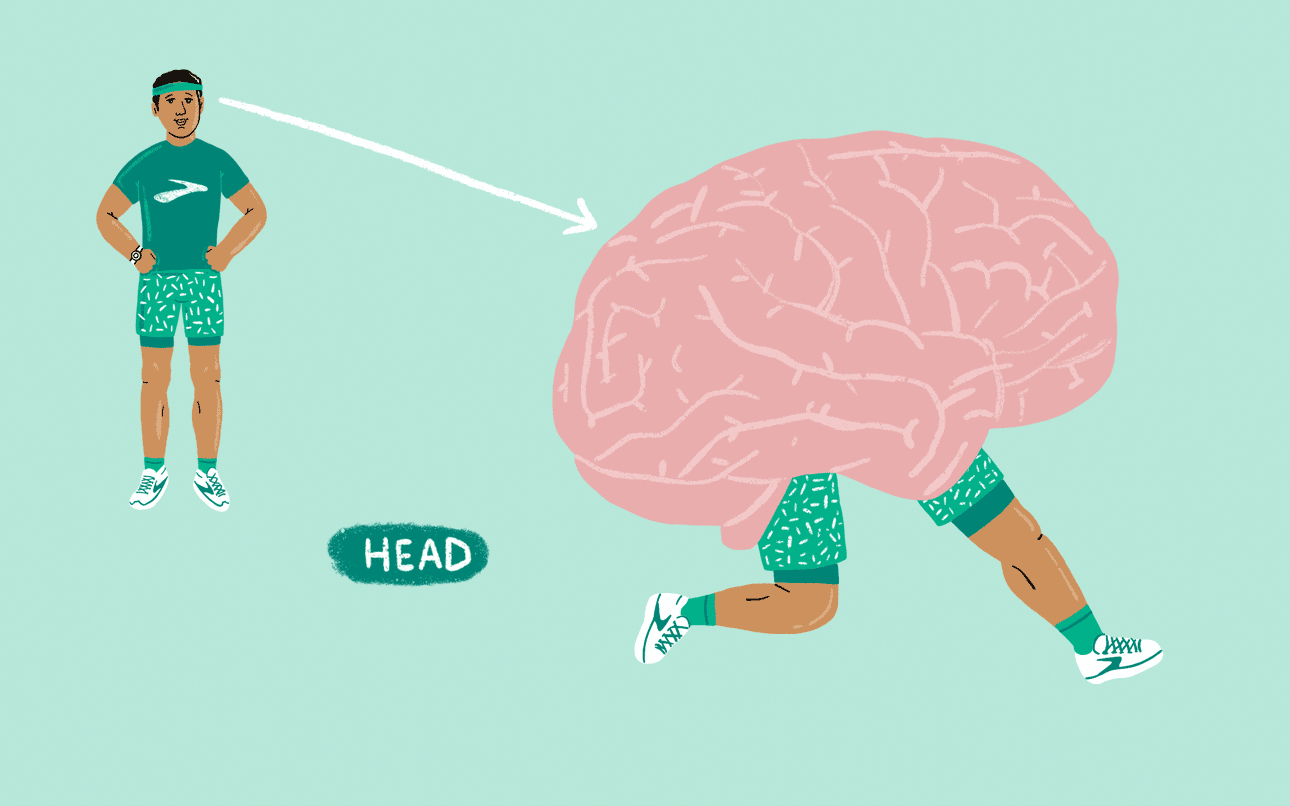
Head first
Let’s start with the ‘ol noggin. Many experts agree that running can be excellent for your mental health. It helps you manage stress and address complex emotions.
A recent study revealed that exercise is a practical method to protect learning and memory mechanisms from the negative cognitive impact of chronic intermittent stress on the brain. The bottom line? A regular running or exercise routine can help you overcome all the negativity that comes from stress.
Running can even unlock mindfulness. At Brooks, we call that Runfulness. It’s the effect of a run that’s so good, so freeing, it allows you to forget your feet altogether — taking your mind to places your feet can’t go. Running can spark self-improvement or catalyze plans or ideas that could make the world around you a better place.
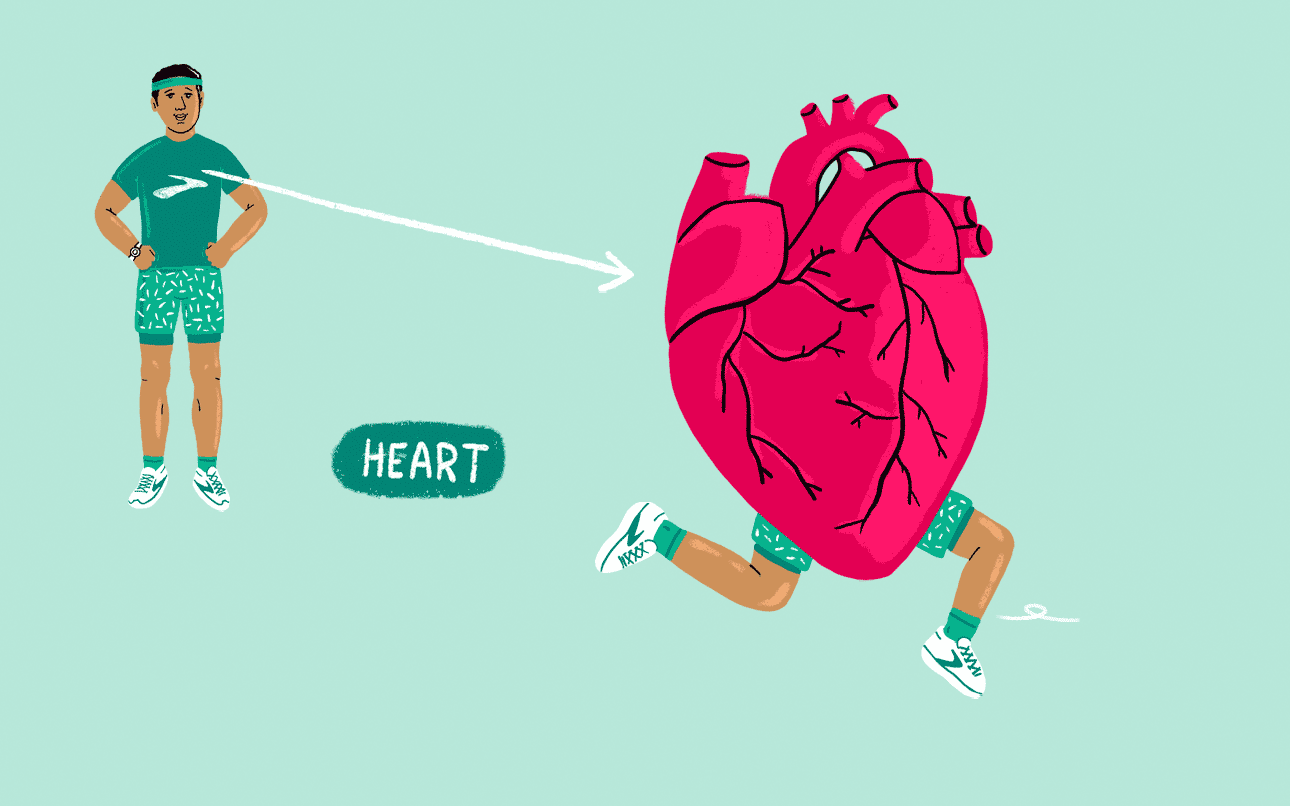
A good heart
We’re not talking about Hallmark moments, here (although we adore a good running love story. No, the heart of the matter is your cardiovascular system. According to the medical journal Circulation, as many as 250,000 deaths per year in the United States are attributable to a lack of regular physical activity. Regular exercise can reduce body weight, blood pressure, and bad (LDL and total) cholesterol. It can also increase your good (HDL) cholesterol and insulin sensitivity in diabetics.
Additionally, a study published in the Journal of the American College of Cardiology concluded that running, even 5 to 10 minutes a day and at speeds less than six miles per hour is associated with markedly reduced risks of death from all causes and cardiovascular disease.
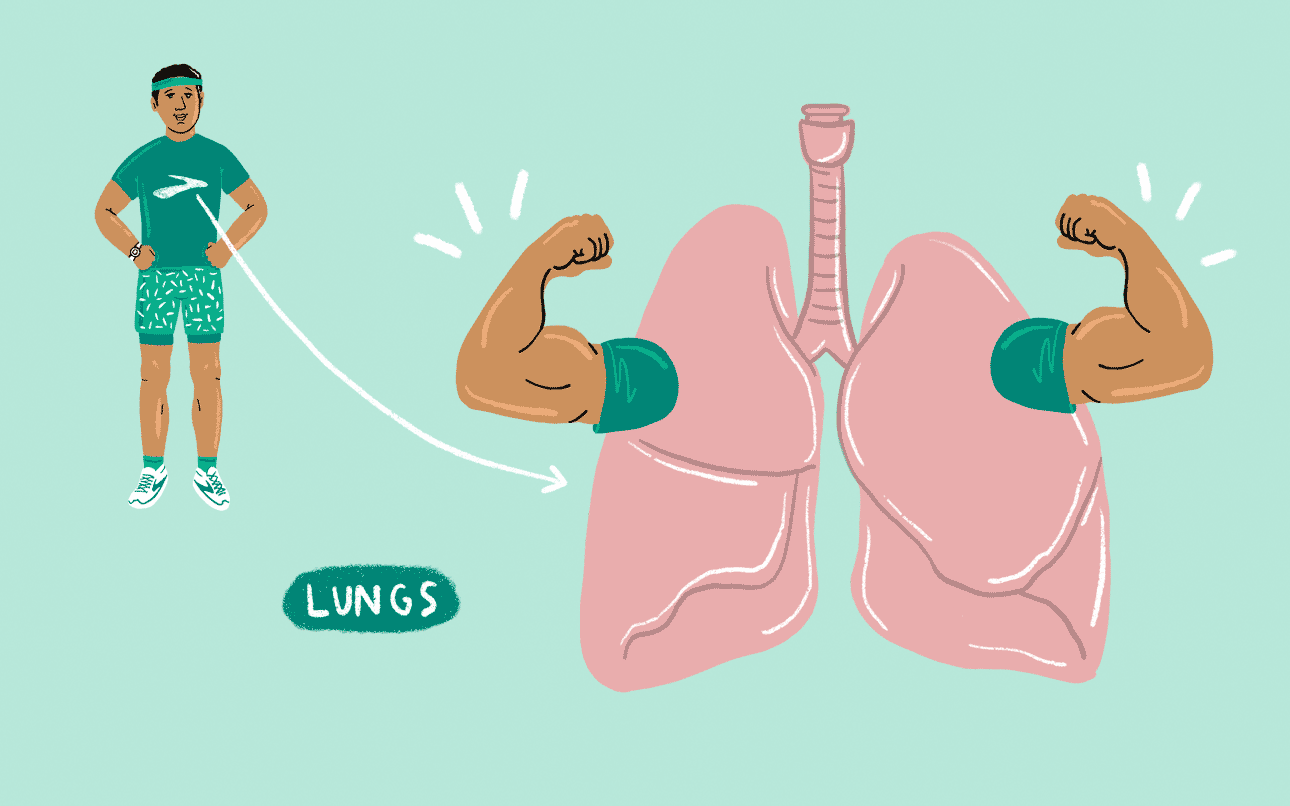
A breath of fresh air
When you run, your lungs bring oxygen into your body. This supplies energy and removes carbon dioxide, the waste product created when you produce energy. Your heart then pumps oxygen to the muscles you use to run.
According to the American Lung Association, your body becomes more efficient at getting oxygen into the bloodstream and transporting it to the working muscles as you become more physically fit. That’s one of the reasons that you are less likely to become short of breath during exercise over time.
Running can also strengthen the diaphragm and muscles between the ribs that work together to power inhaling and exhaling. Breathing exercises like pursed lip breathing or belly breathing can also make your lungs more efficient.
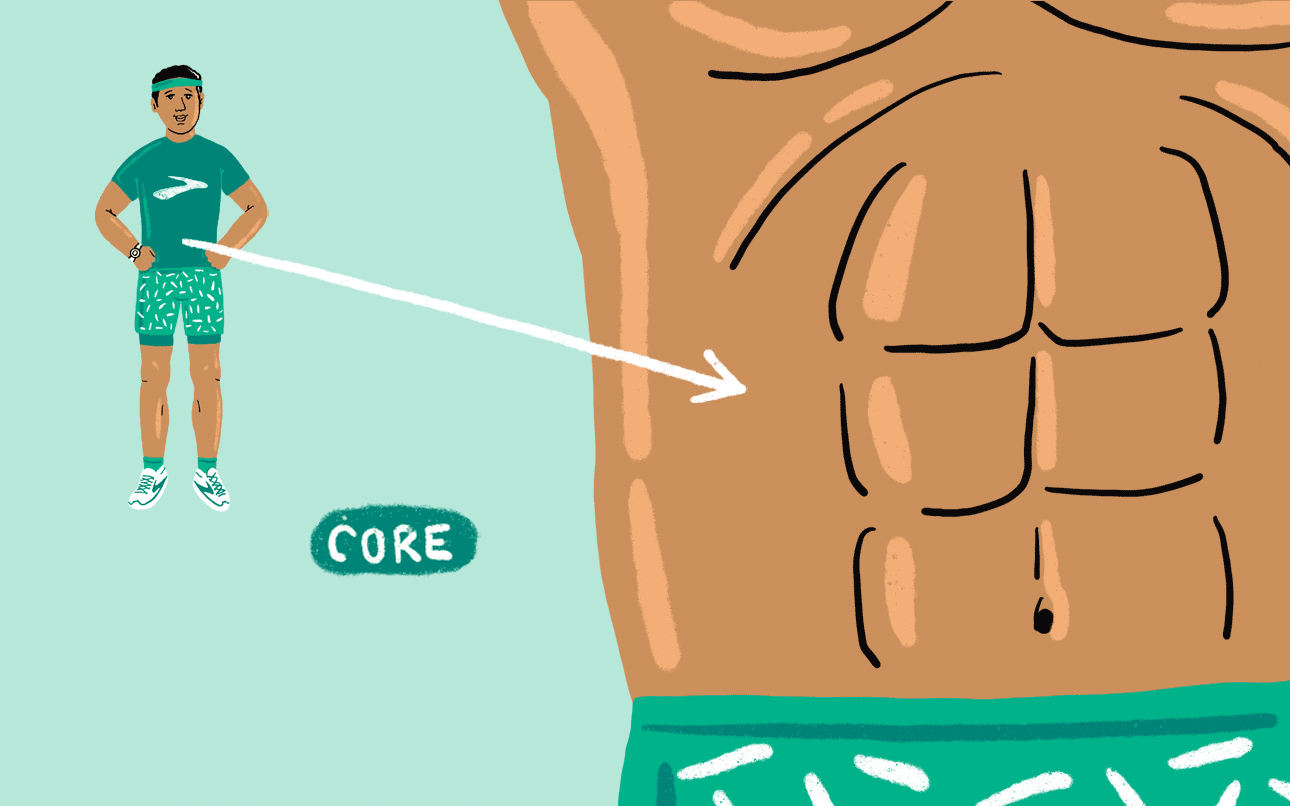
Core chores
Think of how a tree’s trunk keeps it from toppling over. Our body’s core works in a similar way. Working on your core muscles (abdominals, obliques, diaphragm, pelvic floor, trunk extensors, and hip flexors) can help you with flexibility, balance, and endurance. Check out these six core exercises to keep you feeling strong in your run.
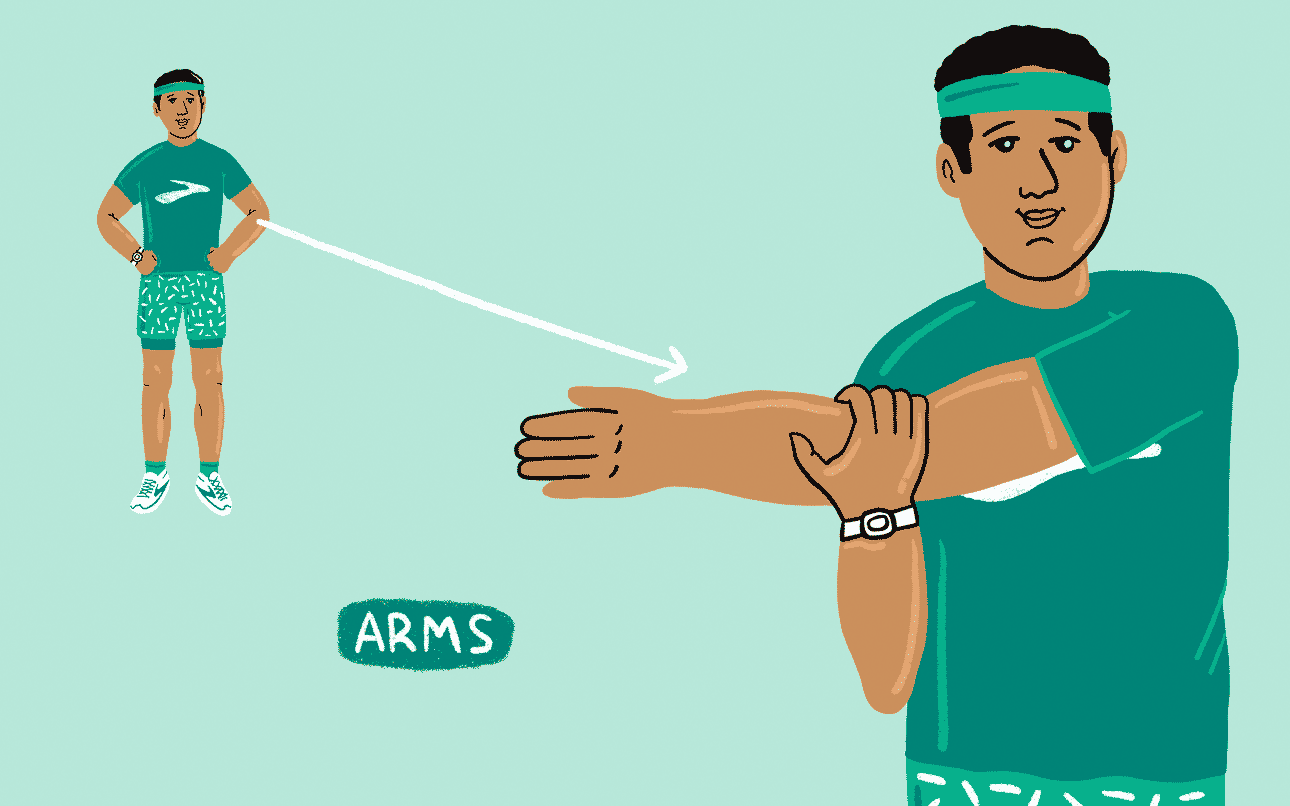
Stretch those arms
While there isn’t a ton of evidence out there that bigger, stronger arms make you a more efficient runner, it’s important to keep them loose. Tight arms and shoulders can disrupt your balance and drive rotated shoulders can sabotage all the gains you might get from posture, hip-flexibility, and strength work, throwing off your balance and drive. Be sure to stretch them before and after your runs.
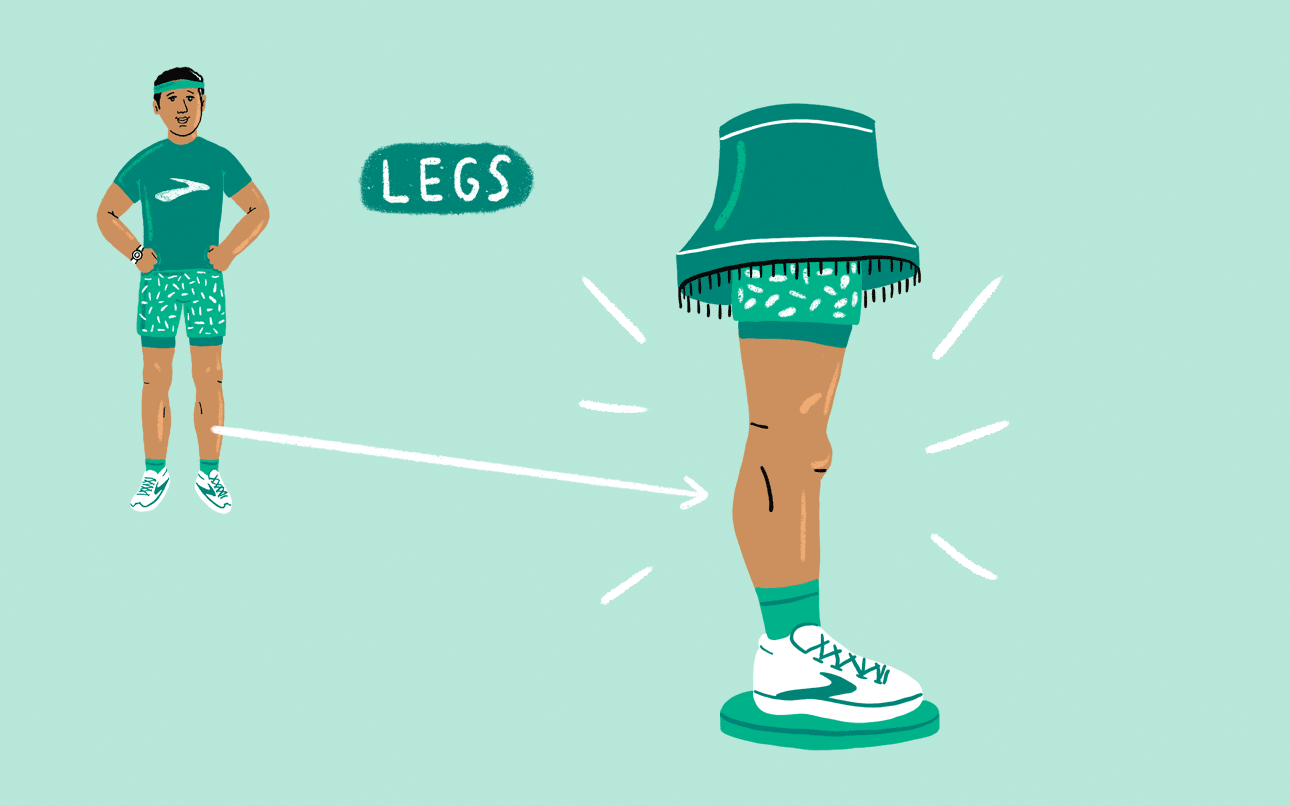
Get a leg up
The most obvious bodily beneficiary to staying in stride is your legs. They stand the most to gain in terms of muscular strengthening from regular runs. They are also the most vulnerable to injury, so it’s important to take special care of them while you’re training.
Brooks Beasts athletic trainer Sarah Bair focuses on three key mechanisms to help runners avoid injury: soft tissue elasticity, joint mobility, and muscle activation.
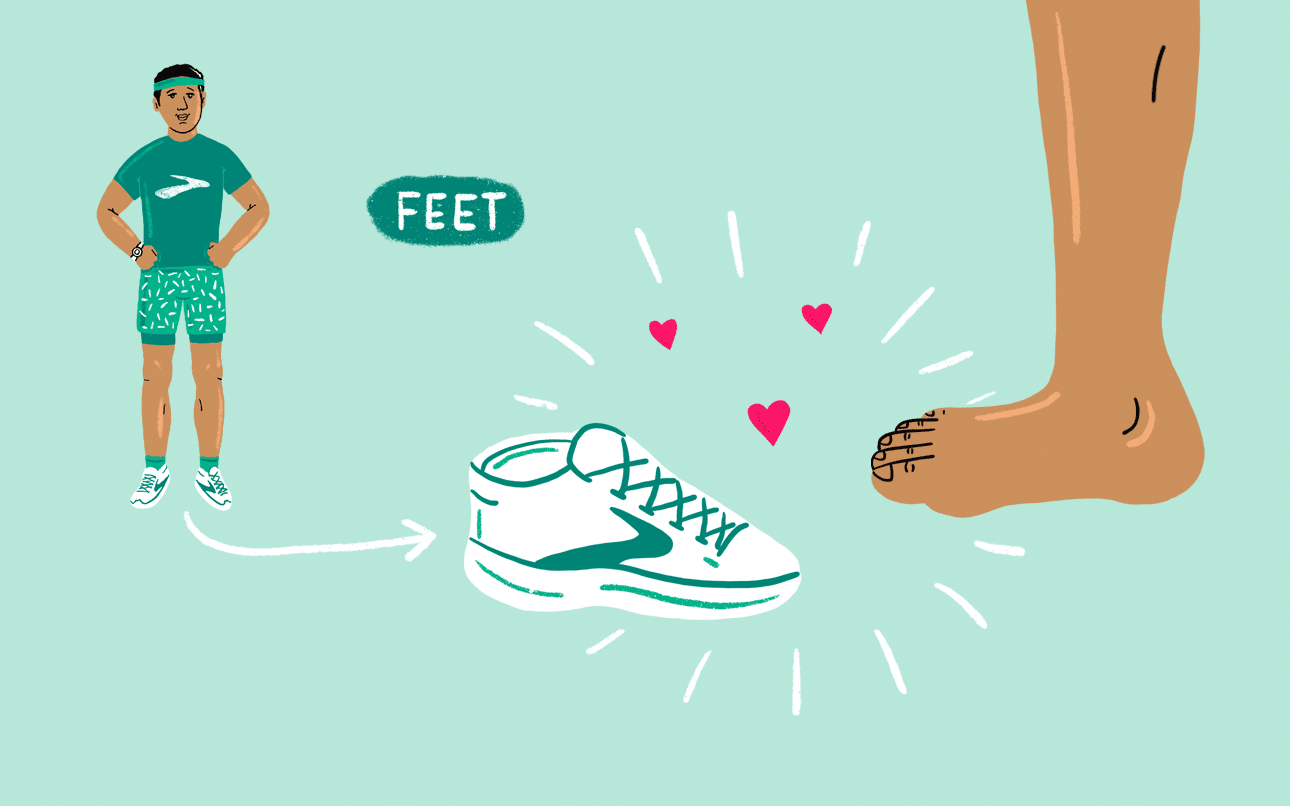
Foot notes
The foot plays an essential role in running and sprinting. Its spring-like properties allow energy storage and return in each step and help you move forward at various speeds and absorb shock. Strengthening your foot muscles through regular runs will maintain and improve your ability to generate and absorb force.
Frontiers in Sports and Active Living, a medical journal, published a paper about evaluating and improving foot strength in athletes. The researchers provide evidence that multiple exercises can achieve higher strength in the foot, such as short foot exercise, doming, toe curls, towing exercises, dynamic hopping exercises, or even barefoot running.
Run better
Want to improve your run performance? It’s important to train your brain as well as your body. Head to the Run Happy Blog for training tips, inspiring stories, gear rundowns, and more.

